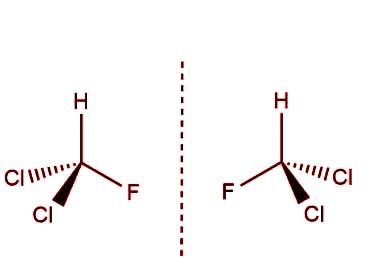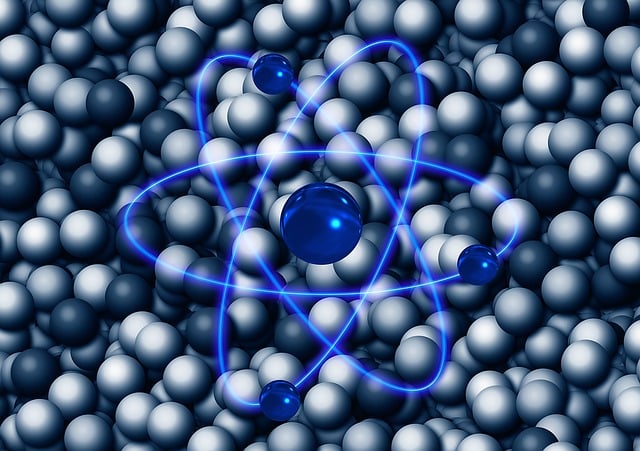Properties, Benefits, and Applications of Graphene
Graphene is a two-dimensional allotrope of carbon with unique properties that make it an attractive material for a wide range of applications. It is composed of a single layer of carbon atoms arranged in a hexagonal lattice structure. Graphene has several properties that make it stand out among other materials, including its high strength, high electrical conductivity, high thermal conductivity, and large surface area.
Properties of graphene:
⇒ High strength: Graphene is one of the strongest materials known, with a tensile strength of up to 130 gigapascals.
⇒ High electrical conductivity: Graphene is an excellent conductor of electricity, with a conductivity that is around 100 times higher than that of copper.
⇒ High thermal conductivity: Graphene is an excellent conductor of heat, with a thermal conductivity that is around 10 times higher than that of copper.
⇒ Large surface area: Graphene has a large surface area, which makes it ideal for use in a wide range of applications.
Benefits of graphene:
⇒ Lightweight: Graphene is extremely lightweight, which makes it ideal for use in applications where weight is a concern.
⇒ Flexible: Graphene is highly flexible, which makes it ideal for use in flexible electronics and other applications where flexibility is important.
⇒ Transparent: Graphene is highly transparent, which makes it ideal for use in applications such as touch screens and solar cells.
⇒ Environmentally friendly: Graphene is a highly sustainable material that can be produced using renewable energy sources.
Applications of graphene:
⇒ Electronics: Graphene's high electrical conductivity makes it ideal for use in electronics, such as transistors, batteries, and solar cells.
⇒ Energy: Graphene is being studied for use in energy storage devices such as supercapacitors and batteries, as well as for use in solar cells and fuel cells.
⇒ Medical: Graphene is being studied for use in a range of medical applications, including drug delivery systems, biosensors, and tissue engineering.
⇒ Aerospace: Graphene's lightweight and high strength make it ideal for use in aerospace applications such as composites and structural materials.
⇒ Environmental: Graphene is being studied for use in environmental applications such as water filtration, desalination, and air purification.
- Why this versatile material is causing such a stir in science and technology.
Graphene is a versatile material that is causing a stir in science and technology due to its unique properties and potential applications. Here are some reasons why:
- Strength and flexibility: Graphene is incredibly strong and flexible, making it a great material for a wide range of applications. It is over 200 times stronger than steel, yet incredibly light and flexible.
- Electrical conductivity: Graphene is an excellent conductor of electricity, making it ideal for use in electronics and other high-tech applications. It is also highly transparent, allowing it to be used in transparent conductive films.
- Thermal conductivity: Graphene is an excellent conductor of heat, making it useful for a range of applications in the field of thermal management.
- Biocompatibility: Graphene is biocompatible, meaning it can be used in medical applications without causing harm to the body. This makes it useful for drug delivery systems and other medical devices.
- Environmental benefits: Graphene has the potential to be used in a wide range of applications that could help to reduce our impact on the environment, such as energy storage and water filtration.
Frequently Asked Questions – FAQs on graphene
⇒ What is the structure of graphene?
Graphene is a single layer of carbon atoms arranged in a hexagonal lattice pattern. It is the basic building block of other carbon-based materials, such as graphite and carbon nanotubes.
⇒ How is graphene produced?
There are several methods for producing graphene, including chemical vapor deposition (CVD), mechanical exfoliation, and epitaxial growth. CVD is the most widely used method for large-scale production of high-quality graphene.
⇒ What are some potential applications of graphene?
Graphene has many potential applications, including in electronics (such as transistors and flexible displays), energy storage (such as batteries and supercapacitors), sensors, and even in medical devices (such as implants and drug delivery systems).
⇒ What are the benefits of using graphene?
Graphene has many benefits due to its unique properties, such as its high strength, flexibility, and conductivity. It is also lightweight and transparent, making it ideal for many applications.
⇒ Why is graphene causing a stir in science and technology?
Graphene is causing a stir in science and technology because of its potential to revolutionize many industries, from electronics to medicine. Its unique properties make it an attractive material for developing new technologies and improving existing ones. Additionally, research into graphene is ongoing, and scientists are continuing to discover new and exciting ways to use this versatile material.
⇒ What is the difference between graphene and graphite?
Graphene and graphite are both forms of carbon, but graphene is a single layer of atoms arranged in a hexagonal lattice, while graphite is made up of multiple layers of graphene stacked on top of each other.
⇒ How is graphene made?
Graphene can be made through a variety of methods, including chemical vapor deposition, mechanical exfoliation, and epitaxial growth. The most common method involves using chemical vapor deposition to grow a layer of graphene on a substrate such as copper.
⇒ What are some potential applications of graphene?
Graphene has many potential applications in electronics, energy storage, sensors, and biomedical devices, among others. Some examples include flexible displays, high-capacity batteries, and ultra-sensitive sensors.
⇒ What are the challenges of using graphene in practical applications?
One of the main challenges of using graphene in practical applications is scaling up production to a commercial scale. Additionally, there are still some technical hurdles to overcome in terms of integrating graphene into existing technologies and optimizing its properties for specific applications.
⇒ Are there any potential health risks associated with graphene?
There is still some uncertainty surrounding the potential health risks of graphene exposure, particularly in terms of inhalation or ingestion. However, studies to date suggest that graphene is relatively low in toxicity and may not pose a significant risk to human health if handled properly.
Let me know if you have more questions or if there is a specific topic that you would like to know more about.





If you have any doubts, please let me know